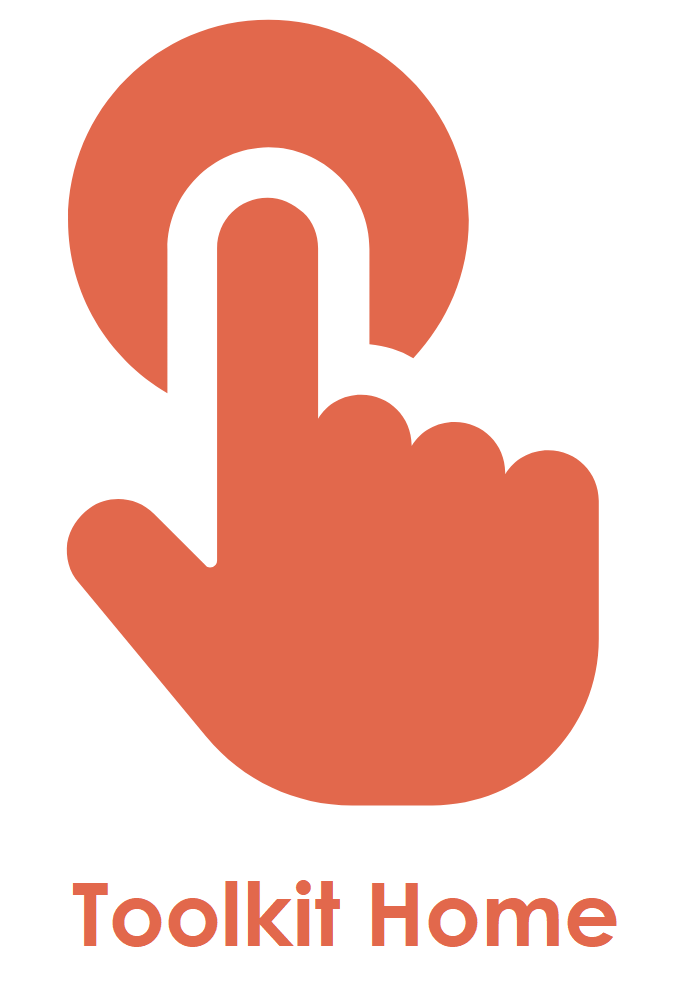Please note that The Human Rights Education Toolkit was developed in 2019 on limited funding, and prior to the changes brought by the COVID-19 pandemic. The resources and timeline of events in this kit, where listed, sit in time in BC’s harm reduction history. For ongoing harm reduction news, please see Substance Use News issues on our Substance Use and Harm Reduction page.
 The province of BC is committed to a human rights-based approach to harm reduction (see Overdose Emergency Response Centre Terms of Reference), and this toolkit focuses on human rights issues associated with discrimination against people use drugs. It draws information collected from people who use drugs compiled and reported in Project Inclusion report, national and international sources.
The province of BC is committed to a human rights-based approach to harm reduction (see Overdose Emergency Response Centre Terms of Reference), and this toolkit focuses on human rights issues associated with discrimination against people use drugs. It draws information collected from people who use drugs compiled and reported in Project Inclusion report, national and international sources.
Stigma Impacts Health
Eliminating stigma against people who use drugs plays a part in the work to reduce overdose events and deaths. It’s stigma that’s aimed at the most marginalized in our communities. Many people use drugs (alcohol, marijuana and illicit drugs as well), and even to problematic levels in their everyday lives, but it is a limited population that is labeled as a “drug user”. As the authors of Project Inclusion note, “[Drug user as a category] is not historically consistent or universally applied. More privileged people can often actively use illicit substances without ever having the morally loaded label “drug user” applied to them ” (Project Inclusion, p. 121).
“More privileged people can often actively use illicit substances without ever having the morally loaded label “drug user” applied to them.”
Stigma plays a role in how communities view people who use drugs and in how people who use drugs see themselves. Project Inclusion authors cite Substance Use Related Stigma: What We Know and the Way Forward when they write, “Stigma is a barrier to seeking treatment where it is desired and available. It also prevents people from disclosing information related to substance use that may be valuable for healthcare providers or other service providers” (Project Inclusion, p. 43).
Stigma is Separate from Rights
Identifying where stigma is normalized, embedded in policies and procedures, and/or institutionalized is needed in providing healthcare that is grounded in human rights. In an interview with CBC in 2018, Dr. Evan Wood acknowledged that anti-stigma training is needed for healthcare providers. “Even if they’re having a non-fatal overdose and they have to be resuscitated to save their life, once that acute overdose is treated, people are shown the door of the ER,” he’s quoted. Recommendations from Close To Home, Families and Caregivers Set Priorities For Addressing Substance Use and Addiction in BC include addressing stigma within the healthcare system. Stigma is a social issue of disrespect, and it needs to change. But beyond social interactions, if someone’s healthcare is compromised (or service refused) because of implicit or obvious stigma, it can become a human rights issue.
“Stigma is a social issue that needs to change. But beyond being a social issue, if it plays a part in denying someone access to health services, it can become a human rights issue.”
Questions About Workplace Safety
It’s possible that setting limits on access to care or services may be related to workplace safety concerns, and this is different than limiting access based on stigma. People have the right to refuse unsafe work conditions, as per Worksafe BC guidelines. However, limiting access to services based on assumptions, no evidence of problematic behaviour, stereotype and/or lack of evidence to support a safety concern, can be a violation of rights. Under BC’s Hospital Act, “A hospital must not refuse to admit a person on account of the person’s indigent circumstances” (Requirements for Hospitals, Section 4, note 1).
BC Hospital Act
Substance Use Related Stigma: What We Know and the Way Forward
Education Tools: Eliminating Stigma
Racism as a determinant of health
For people of Indigenous heritage, stigma can be even more pronounced than the stigma directed at people who use drugs who are not Indigenous. Stereotypes and assumptions prompt inequitable treatment in all kinds of services. Cultural humility is a responsibility of all people. We acknowledge this toolkit can’t present all the layers of racism embedded in our society, and encourage people to seek further education and discussion on cultural humility and safety.
This video was produced by First Nations Health Authority.
Racism as a Social Determinant of Health for Indigenous People (FNHA)
 Responding to Anti-Indigenous Racism in the Healthcare System
Responding to Anti-Indigenous Racism in the Healthcare System
Respectful Language Checklist (Global Commission on Drug Policy)
The World Drug Perception Problem: Countering Prejudices About People who Use Drugs
How we talk about people who use drugs matters
Stop Stigma. Save Lives: The Impact of Empathy (Northern Health)
Using People-first Language (Toward the Heart)

Language Matters: Create a Safer Space with Less Stigma
Respectful Language and Stigma Regarding People Who Use Substances
4 Guidelines to Use Non-Stigmatizing Language
NEXT: Community Action: Templates for Change
Foundation Tools: Human Rights and Health Equity | Drug Use as a Health and Rights Issue | Surveying Conditions in BC
Tools for Action: How to Engage People with Lived Experience | Beyond Stigma-Reduction
Templates for Change | Select Handouts at a Glance

For general information on drug use and health, see our Substance Use and Harm Reduction page.
Please note that the information in this toolkit is for general information only and should not be taken or relied upon as legal advice. If you have questions about a specific case, consult a lawyer.

